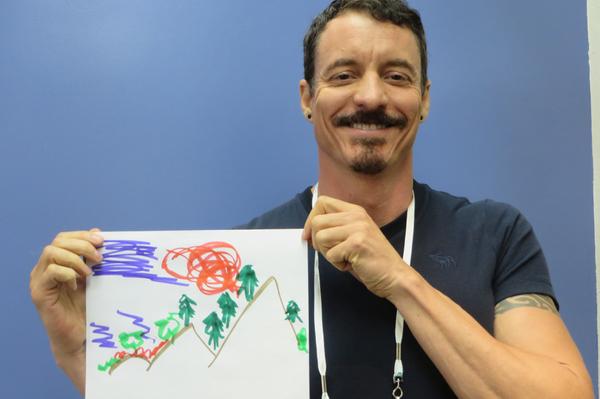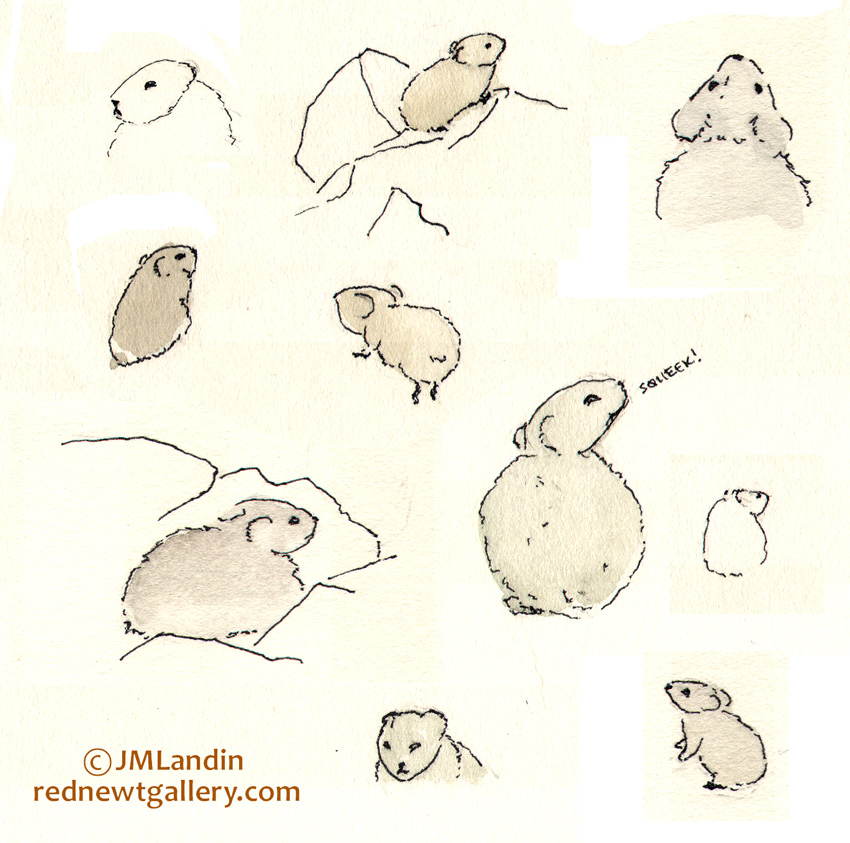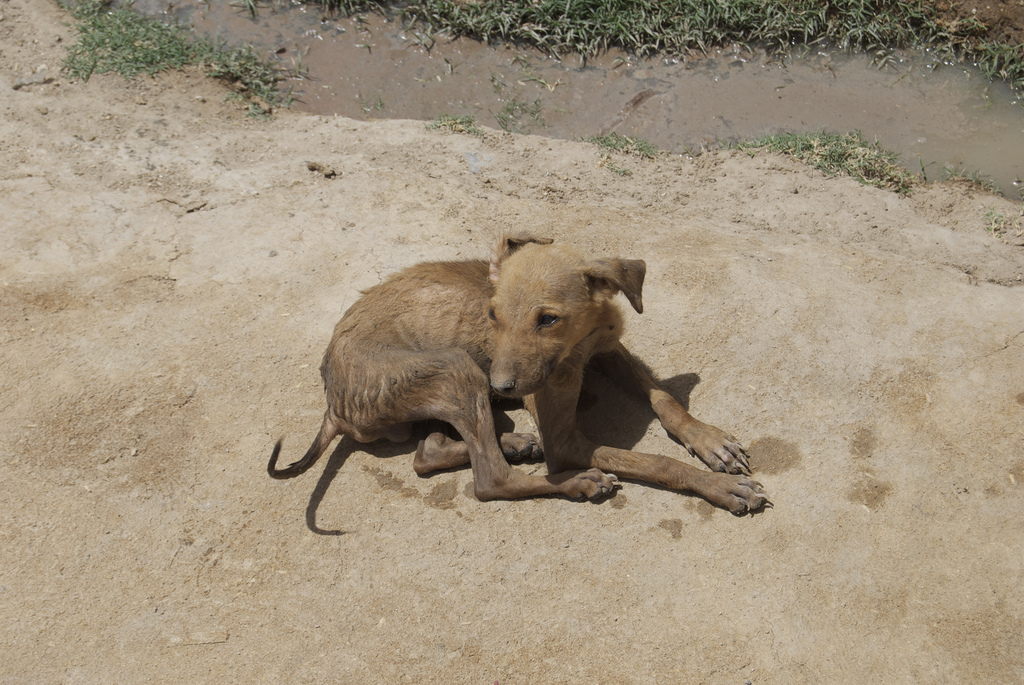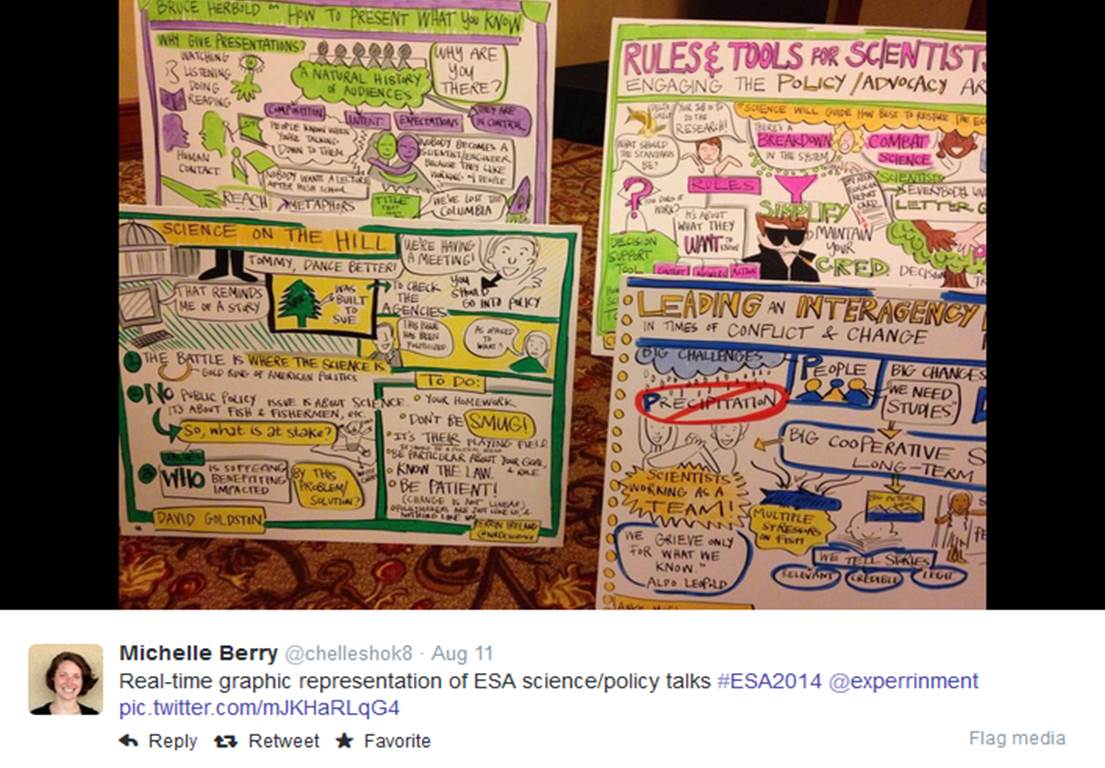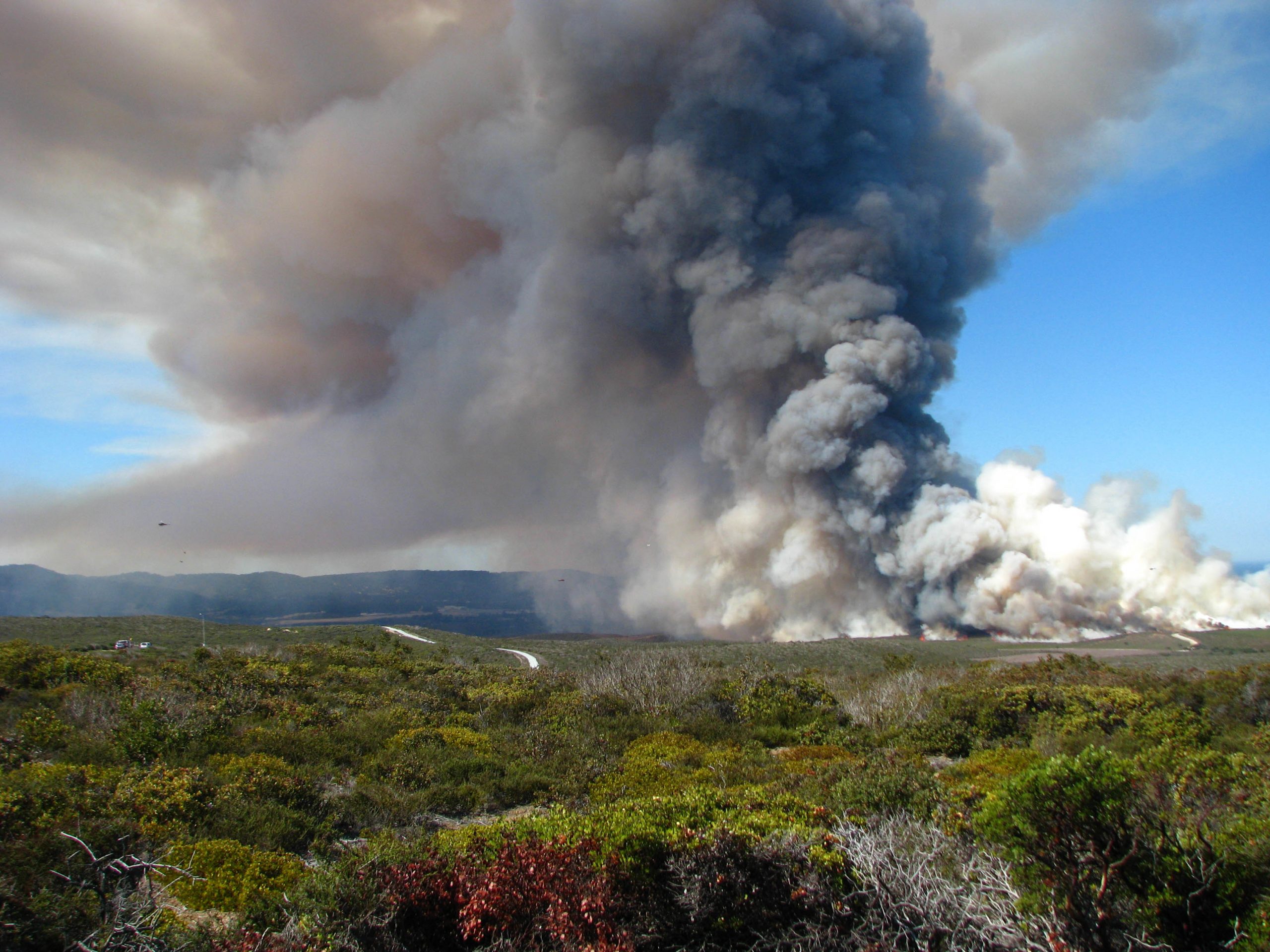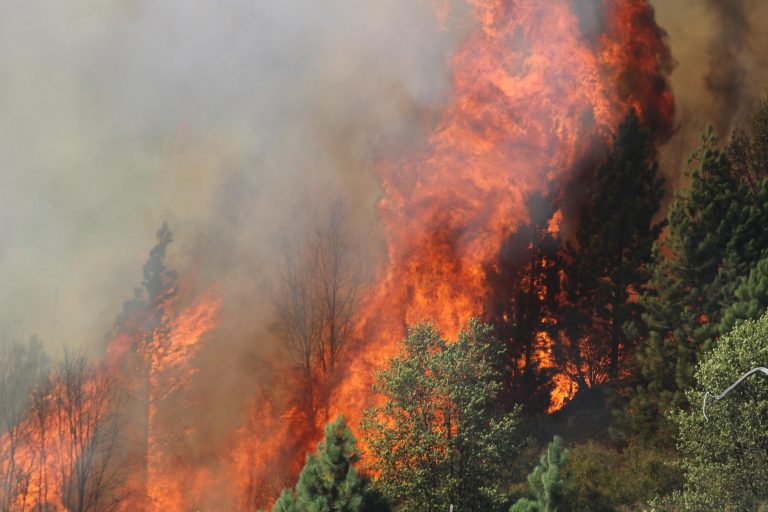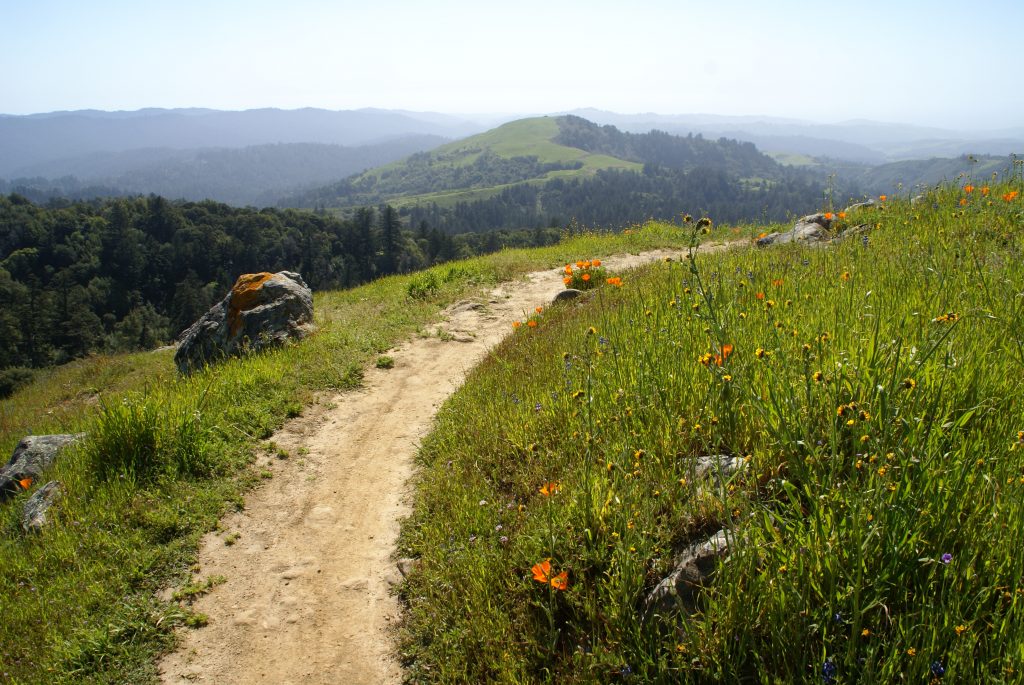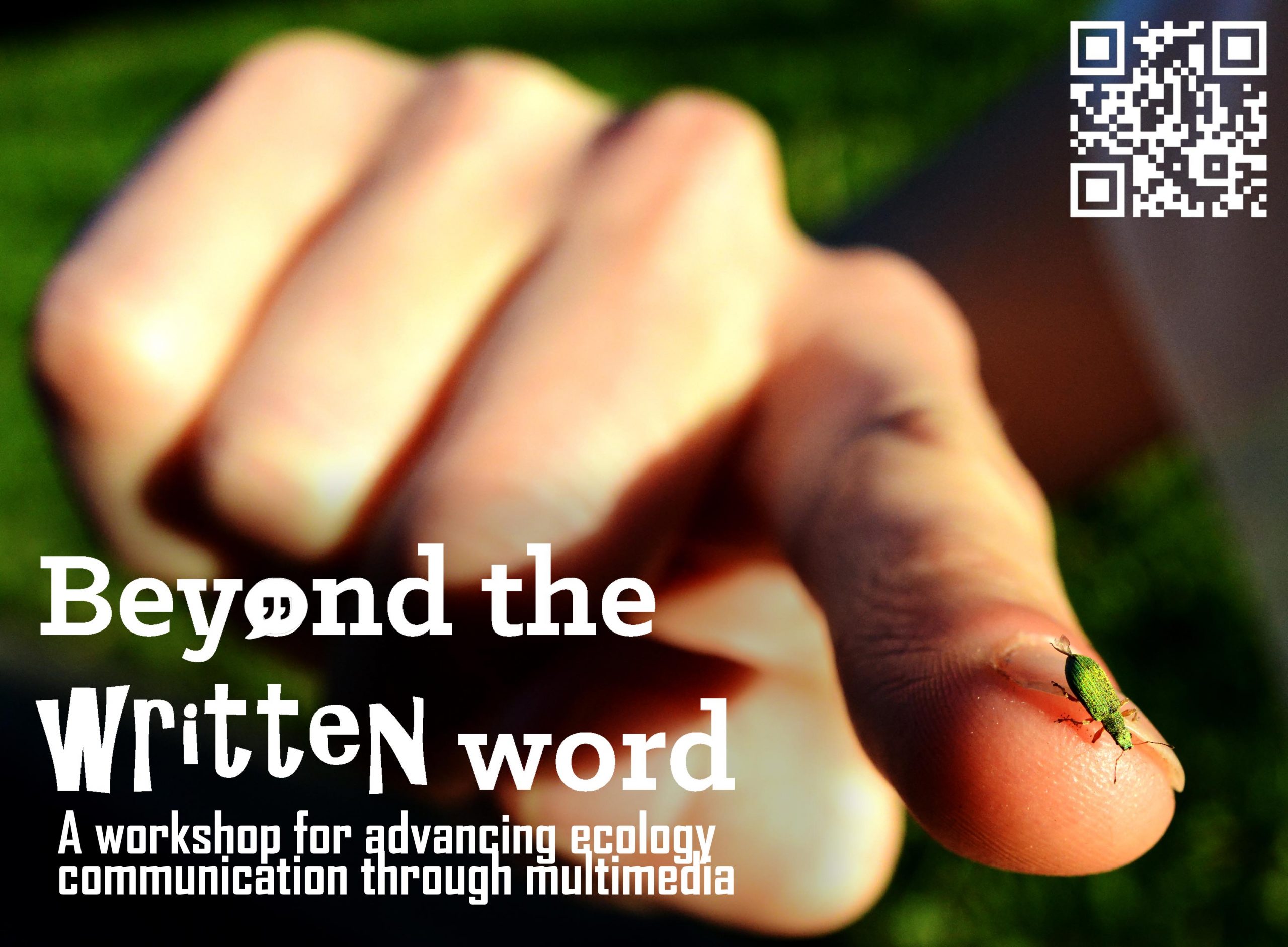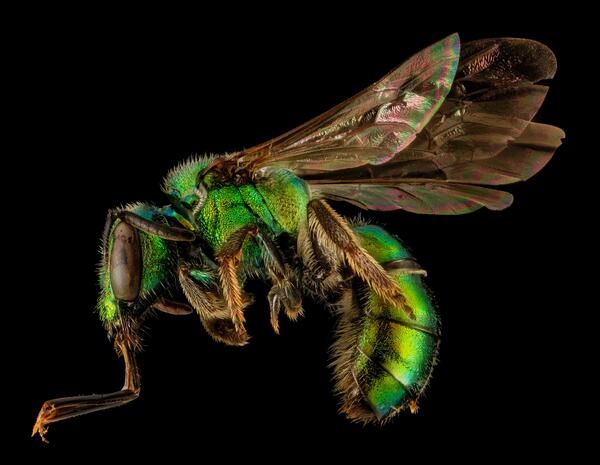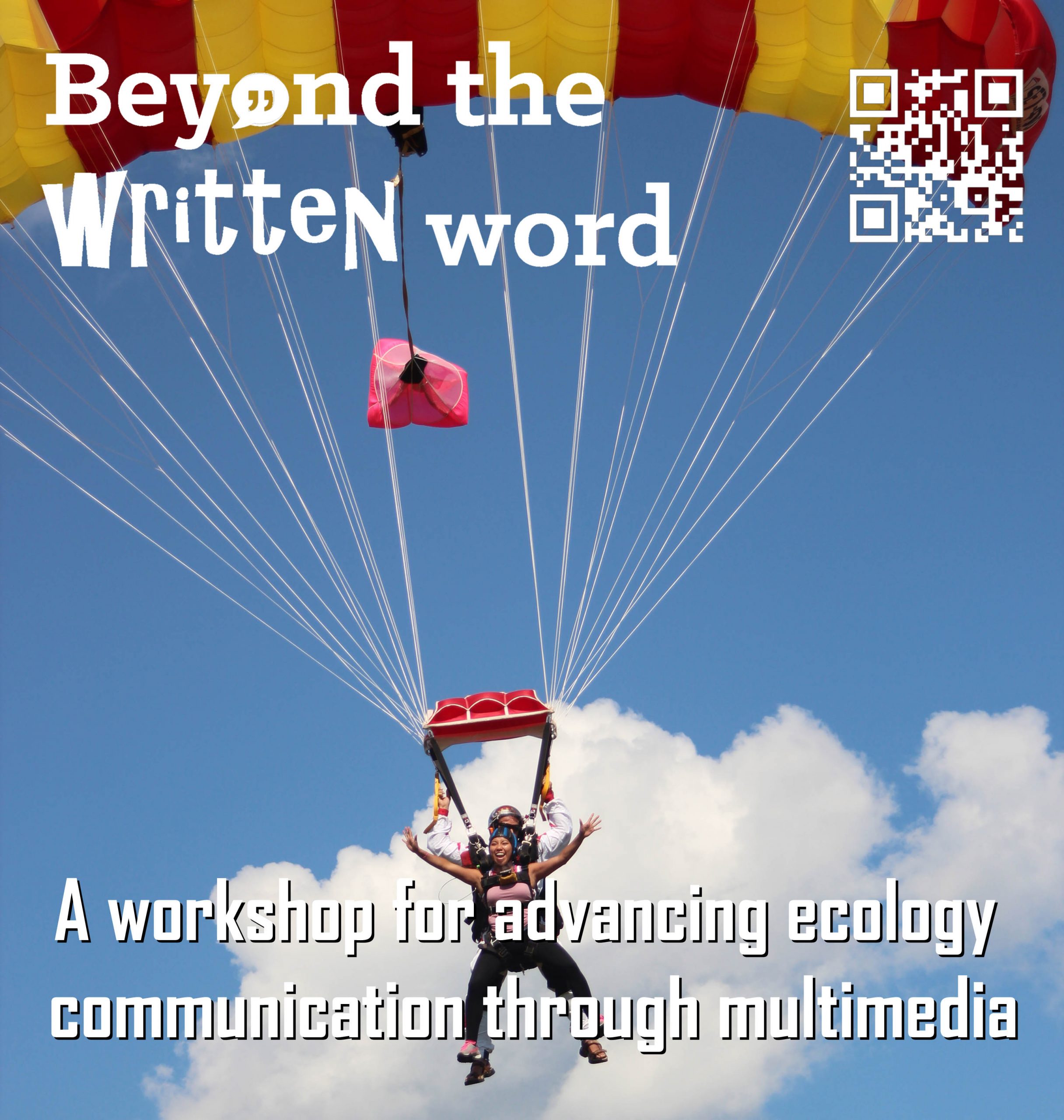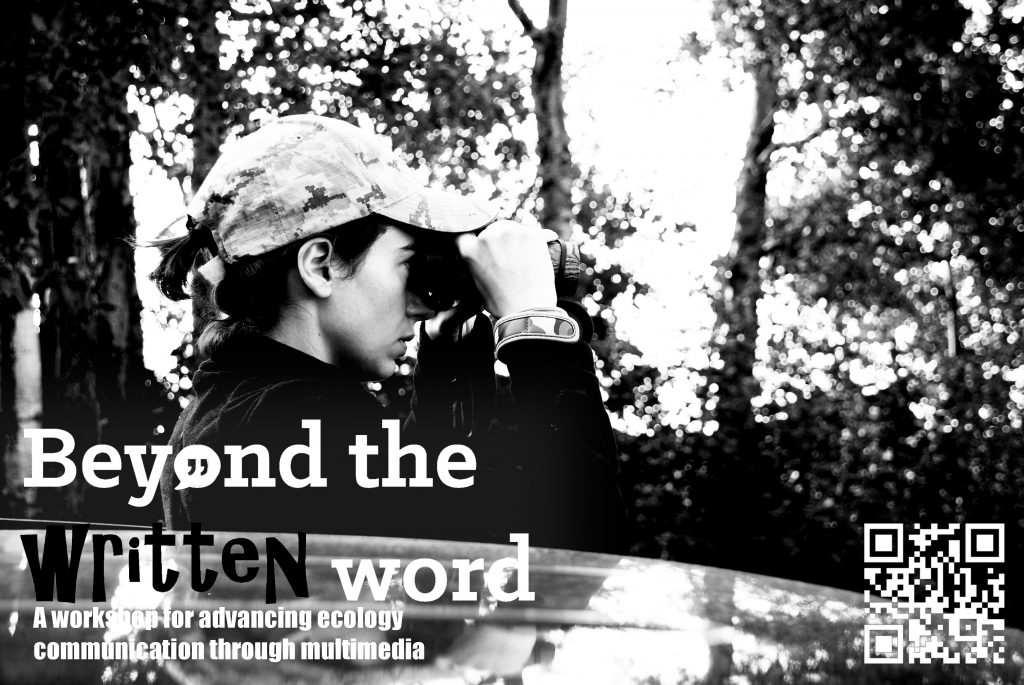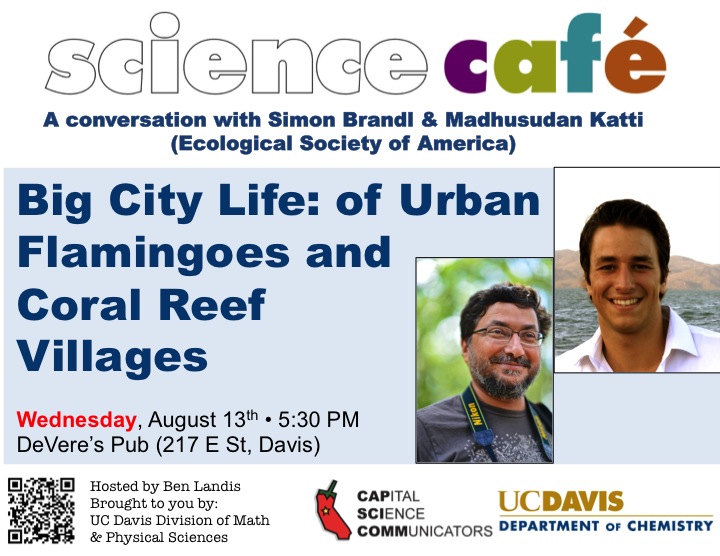
Talking urban flamingos and coral reef villages at the Davis Science Cafe #ESA2014
In cooperation with Jared Shaw, Ben Landis, the Davis Science Café, and CapSciComm, and ESA will bring two ecologists to DeVere’s Pub in Davis, Cal. Madhusudan Katti of Cal State Fresno and Simon Brandl of James Cook University in Queensland, Australia, will lead conversations about living with nature, from city flamingoes to the underwater villages of the Great Barrier Reef….
